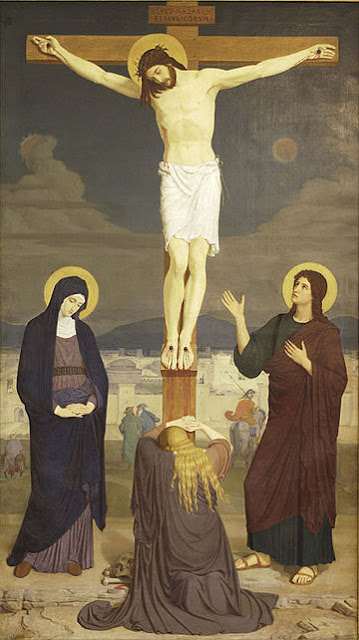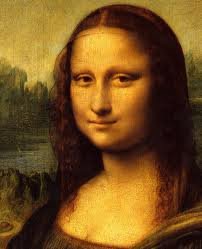No one can say for certain who invented the boom box (also known as ghetto blaster).
During the mid 1970s, the idea of a portable stereo became popular. A look at the history of the boom box reveals that Sanyo, Panasonic and Marantz were the pioneers.
Cultural Impact
The concept behind the boom box was that anyone could own a portable stereo system. While the idea first appeared in the 1970s, it really caught fire in the 1980s and early 1990s. During this period, young people could be seen carrying around boom boxes. Frequently one would see teenagers hanging around together with a boom box and dancing.
This scenario would become even more widespread when break dancing became popular. The emerging hip hp culture also contributed to the popularity of the boom box. There came a point when the boom box became a fashion statement as well. It wasn’t just the sound that mattered; it was the look, the buttons etc.
But as an appraisal of the history of the boom box makes plain, the player would fade away in the 1990s. Technological innovations allowed for the invention of smaller audio players. The arrival of CD and mp3 players has greatly reduced the boom box’s popularity.
Basic Features
The boom box began its life as an extension for the radio cassette player. In the 1970s the cassette recorder became popular, but companies wanted to add AM/FM radio to it. Intense competition would lead to numerous innovations. The most basic features were a couple of speakers and an amplifier with radio tuner.
The cassette player was also included. As the history of the boom box unfolded, the cassette player would be complemented (and replaced) by the CD component. The casing was made of plastic or metal. Usually the color was black.
A lot of the large models shipped in the 1980s and 90s used D batteries. The biggest models needed about 10 batteries. They could also weigh in at 20 lbs or more.
Other Characteristics of the Boom Box
Like stereo systems, the boom box had equalizers, toner and balance adjusters. In time, they included dual cassette decks, Dolby noise reduction and bass controls. Other sophisticated models came with LED sound level meters, song search capabilities and SW band reception.
The history of the boom box indicates that manufacturers kept adding new features as competition intensified. Among these were various inputs (microphone and phono), removable speakers and various switches. A few models came with vinyl record players.
Boom Boxes Today
The models sold today are almost all made of plastic. The cassettes have been replaced with CD players. Some boom boxes can also play CDR or CD RW discs. These are used to burn mp3 files so boom boxes can now play hundreds of songs on a single disc. Some of the boom boxes sold today come with iPod docks and satellite radio capabilities.
As mp3 players continue to dominate, the final chapters on the history of the boom box may be coming soon. However, its impact on lifestyles and cultures can never be taken away.
Use in commercial premises
The use of the boom box extends from personal use in ones home to the cultural one where people walk around with the box perched on their shoulder blasting out music.
Their origin dates back to Phillips in 1969 who introduced it to the market.
It's time for a comfort food classic with a Ham and Scalloped Potato Casserole your family will be begging you to make for years to come. This easy dinner recipe calls for a convenient shortcut that'll save you plenty of time in the kitchen. Finished with a buttery cracker topping, this one is sure to deliver lots of yumminess in every bite!
- 3/4 pound ham, cut into 1/2-inch chunks
- 1 (16-ounce) package frozen shredded hash brown potatoes, thawed
- 1 (10-ounce) package frozen peas
- 2 (10-1/2-ounce) cans condensed cream of celery soup
- 1 1/2 cups milk
- 1 teaspoon onion powder
- 1/2 teaspoon black pepper
- 1 cup crushed butter-flavored crackers
- Preheat oven to 375º. Coat a 2-quart baking dish with cooking spray.
- In a large bowl, combine all ingredients except crackers; mix well.
- Pour mixture into baking dish and sprinkle with crackers.
- Bake 40 to 45 minutes or until golden and heated through.
***This casserole makes a great side dish for Easter too!















